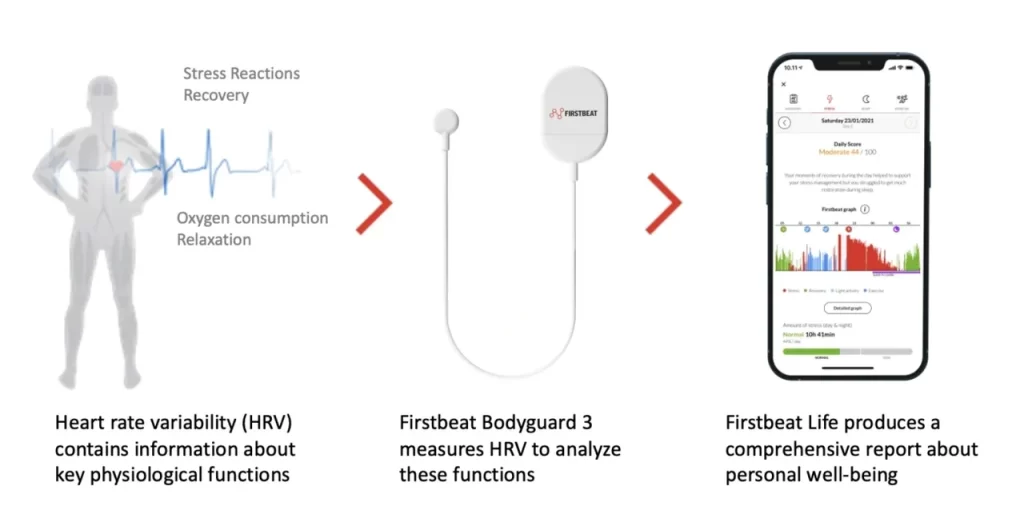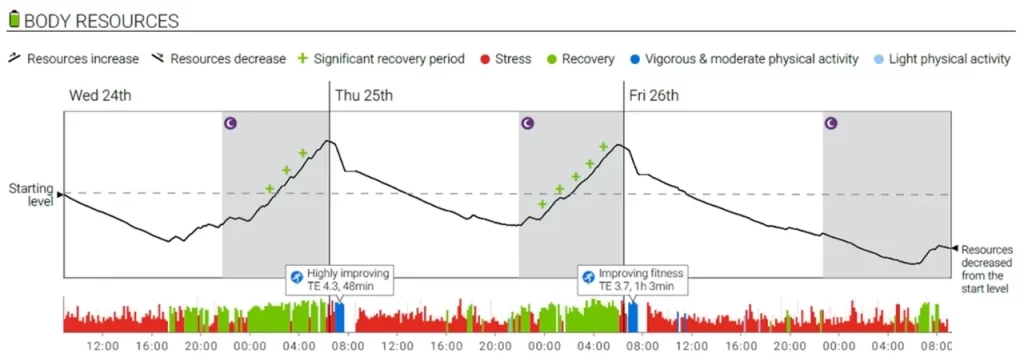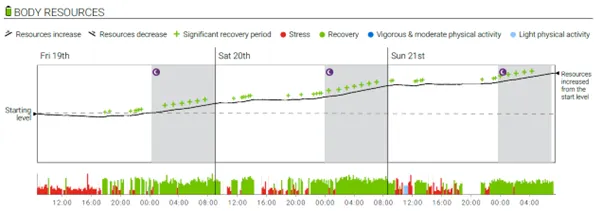
This article below is written by Janine van Someren PhD, founder of The Wellbeing Advantage. The balance project would love to thank Janine for allowing us to share this truly insightful article on our website!
Having It All
At a time when people are under pressure to excel at work while being fully present at home, it creates pressure to be all things to everyone while maintaining the perfect veneer of balance, and calm; the perfect life. The pursuit of “having it all” comes at a cost to physical, mental, and emotional wellbeing where we are burning the candle at both ends – mentally fatigued from work pressures, physically tired from sandwiching catchups and sports clubs around work, less downtime and the inevitable lack of sleep – a perfect cocktail for burnout. But fear not, there are things we can do to manage our full lives and using scientific data from physiological measurements of heart rate variability I can show you exactly how your body is dealing with “having it all” and how these scientific insights can boost your energy and resilience.
From Work-Life Balance to Work-Life Fit
Work-life balance involves understanding the various factors that impact an individual when they are managing both work and non-work commitments. In finding the elusive “work-life balance” you need to take into account job and life satisfaction, health and, overall wellbeing (Casper, Vaziri, Wayne, DeHauw, & Greenhaus, 2018). Attempting to find this “balance” can lead to huge frustrations, as the opposing pulls from both work and home life mean that one or other, or indeed both, are compromised in a quest to get everything “right”. This quest for perfection leads to additional stress which can result in chronic health problems including cardiovascular disease and burnout.

What can we do to avoid the health repercussions of trying to do it all while attaining a healthy work-life balance? The best place to start is with how we even think about work-life balance. More recently researchers and practitioners within this area are re-examining work-life balance as a concept that implies reaching a level of perfection that doesn’t exist. Many people feel the pressure to “do it all”; that can often lead to comparisons with others who appear to have it all, and the inevitable thought “so why can’t I?” Thought leaders in this area Helen Tupper and Sarah Ellis from Amazing If provide a pragmatic approach that reframes work-life balance into work-life fit. Where the elements of your life are seen as individual jigsaw pieces that fit together when you adopt the right wellbeing strategies. This perspective highlights the individualised nature of life, finding out what is most important for you and fitting together the pieces of your life in the best way for you. This reframing of work-life balance to work-life fit allows a more individualised view of work and life where each person finds the right fit for them – there is no one size fits all!

Finding your ideal-work life fit is a complex process impacted by a range of internal and external factors such as skill and education level, gender, work style, personality, out-of-work demands, and personal beliefs and values (Drew & Murtagh, 2005). While work-life fit is a challenge for everyone, research consistently shows that demands of home life commitments placed on women are higher than men. Indeed, research from the Institute of Fiscal Studies showed that when there are two parents of opposite gender, women have traditionally carried the brunt of household responsibilities, averaging two hours per day in additional household chores. The impact of gender differences in work-life fit shows up time and time again in consultations with clients. In our work of scientifically analysing everyday rest and recovery we can understand the pressures of finding work-life balance and decode the data to find ways to restore balance and find the right work-life fit for clients.
When Work-Life Fit is Compromised: A Case Study
Alison is a 41-year-old, mother of two, who works as a solicitor in a busy practice, she also volunteers at her kids’ athletics club and strives to keep fit with early morning runs. Alison started seeing me because as she said herself “I’m tired of feeling tired”; she was waking up tired, feeling sluggish through the day, growing irritability with her children and struggling to switch off from work. Following a comprehensive wellbeing review including Firstbeat Life technology to measure her energy-stress balance we were able to plot her energy levels across a three-month period.

Below is a three-day sample from Alison’s Firstbeat Life data. The red lines of the graph indicate the stress/busyness of Alison’s day. If this pattern of work and life “busyness” were to carry on indefinitely it would lead to health problems as the data show a declining downward trend. It’s worth looking at Alison’s data and thinking how your day might look? Are you as “busy” as Alison? If green shows recovery of resources, would we see any day-time recovery on your profile? Do you rely on your sleep-time to get your recovery? Is your sleep quality good enough to allow resources to be fully restored?

Using data from the Firstbeat Life assessment, we reviewed Alison’s work-life fit with the aim of restoring a balance of rest and recovery, optimising her energy and resilience, and reducing stress and overwhelm. Assessing the daily stresses from Alison’s job combined with demands of family life; we identified what areas of her day had some flexibility. One area that we focussed on was addressing areas of her life that she had control over such as the timing of her runs, arranging lift shares for her children with other parents, reviewing her diet, and including breaks into her workday.
Let’s have a look at the data below showing how Alison got on when she adopted lifestyle changes tailored to her work-life fit. The upward trend in building her body’s resources is visible in the amount of recovery she has managed to find in her everyday activities. The data below is used to highlight rest and recovery during her weekends as this is when she has more control over her time. On a personal note, she was really proud of the recovery she gained on Friday at work – small measures of green (based on an increase in her heart rate variability) equate to recovery and have a measurable influence on the impact of stress throughout the day. These slivers of green/recovery became targets for growth within our subsequent coaching sessions.

Finding Your Work-Life Fit
Developing a pattern of work that fits with your life is an individualised process and clearly there is no easy one-size fits all approach. Let’s look at what lifestyle changes you can adopt and get you started in finding your ideal work-life fit.

By adopting some, or all of these practices, you will have a better opportunity to find your ideal work-life fit, improve wellbeing and reduce overwhelm, while still juggling with the demands of a busy work and family life. For sustained behaviour change it is worth understanding the importance of any lifestyle changes to your long-term health and happiness. This sense of purpose will give you the confidence to prioritise what’s right for you.
If Alison’s case study has made you think about adapting your work-life you’ll find additional wellbeing insights, tips and advice in my writing via blogs, newsletters and articles. Follow Janine, the orginal authour of this article on LinkedIn, subscribe to the newsletter and check out Janine's website to find out more about my work.
Disclaimer:
Always check with a medical professional before making any changes to your lifestyle that impact your health. The information provided here is for educational purposes only, and does not substitute for professional medical advice. Always consult a medical professional or healthcare provider if you’re seeking medical advice, diagnoses, or treatment.
The Balance project partners would love to thank Janine for allowing us to share her extremely insightful and interesting article! The orginal blog can be read HERE!